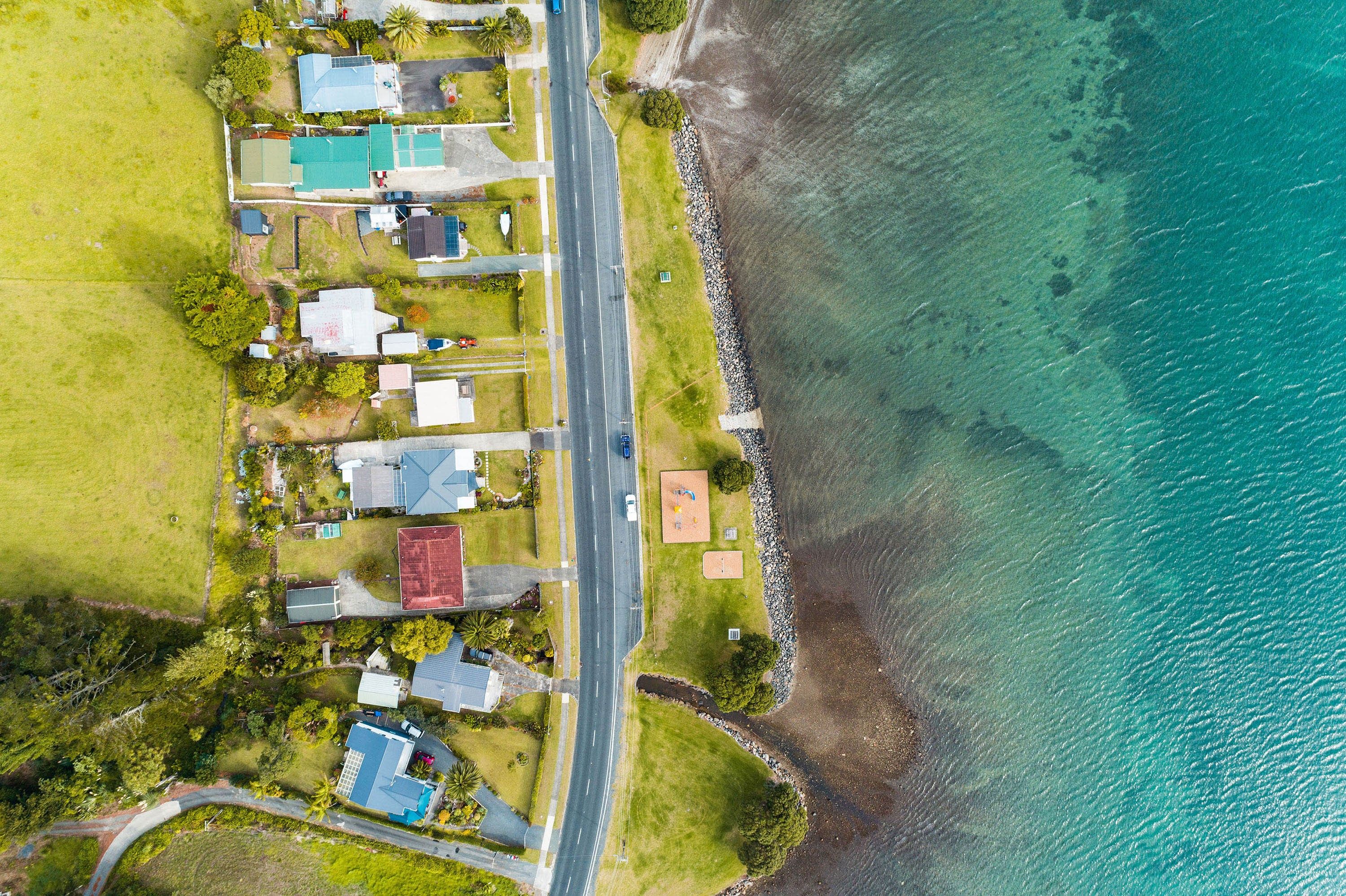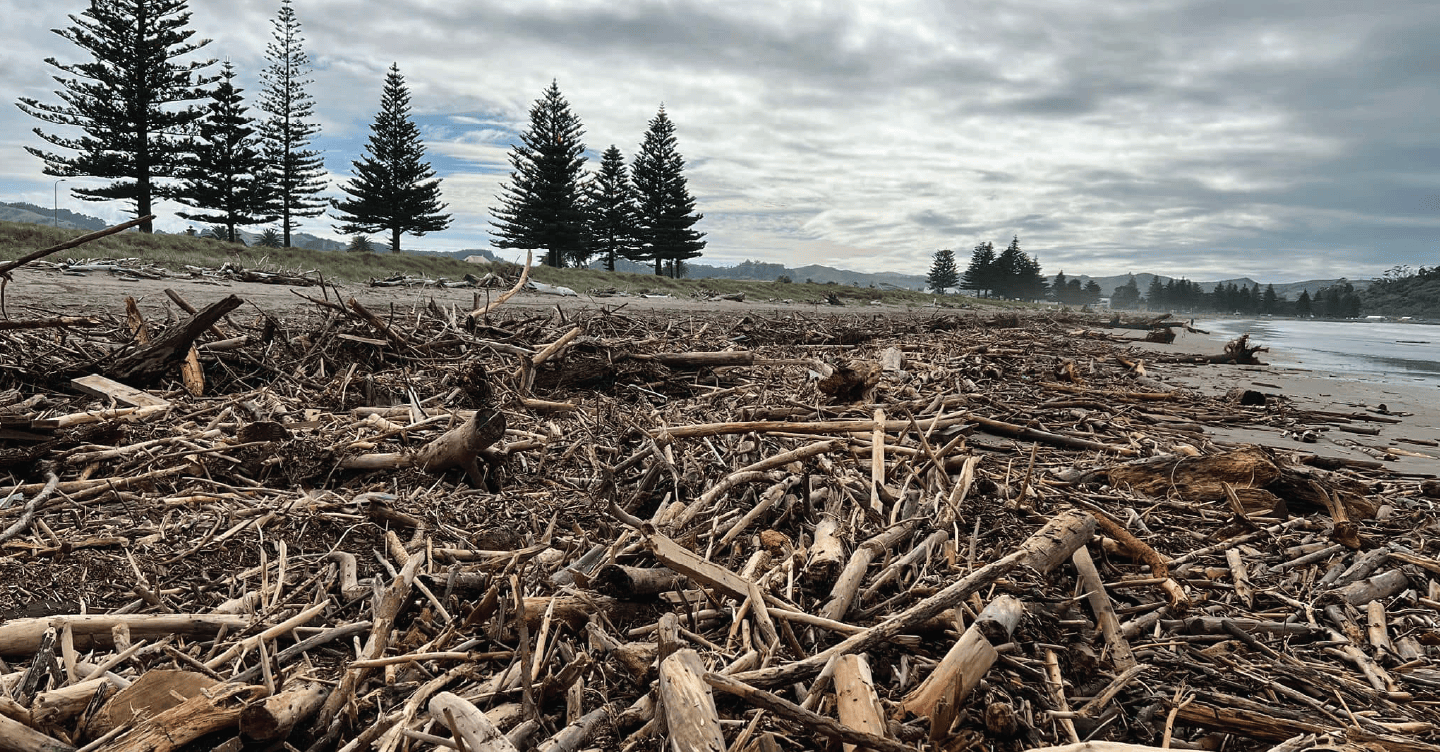Tips for dealing with salt water
Salt water does a lot more damage to cars than fresh water does. The corrosive qualities of both the salt and water combine to eat away at paint, create rust, and damage electrical and mechanical systems. The best way to keep your car safe is to move it to higher/drier ground, and avoid driving through water.
If you have driven through salt water, make sure to give your car a hose-down with fresh water, paying particular attention to the undercarriage, wheels, and wheel arches.
If the car has been wholly or partly submerged, it’s important to get a professional opinion on what damage may have occurred, especially if the engine has stopped due to being submerged.
How to clean up after a flood
When your house floods, the water can wreak havoc on the structure of the house, your personal belongings and the health of the inside environment.
Flood waters contain many contaminants and lots of mud. High dollar items can get ruined all at once, even with just an inch of water – for example: carpeting, wallboard, appliances and furniture.
A more severe storm or deeper flood may add damage to even more expensive systems like ducts, the heater and air conditioner, roofing, private sewage and well systems, utilities, and the foundation.
Contact us immediately
- Lodge a claim online
- If your insurance policy covers the damage, our team will arrange a Loss Adjuster to contact you.
- List the damage and take photos or video recordings as you clean.
- You will need keep records for insurance claims, and may need to complete applications for disaster assistance and income tax deductions.
Personal Protective Equipment
- It is possible that any deposits in or around your property may be contaminated with sewerage, chemicals and sharp objects.
- It is strongly recommended that you wear suitable protective equipment such as heavy duty waterproof gloves, boots and where necessary, face masks.
Contaminated Mud
- Shovel out as much mud as possible, then use a garden sprayer or hose to wash away mud from hard surfaces.
Clean and Disinfect Every Surface
- Scrub surfaces with hot water and a heavy duty cleaner.
- Disinfect with either a solution of ¼ cup (50mls) chlorine bleach per gallon (5Litres) of water or a use a product that is labelled as a disinfectant to kill germs.
In the Kitchen
- Immerse glass, porcelain, china, plastic dinnerware and enamelware for 10minutes in a disinfecting solution: 2 tablespoons of chlorine bleach per gallon of hot water.
- Air dry dishes – do not use a towel.
Carpets
Carpets can be salvaged depending on the type of water (see below for the different types of water) and the extent of damage. Here’s what you need to do:
- Take photos of the damaged carpet and furniture.
- Any items placed outside must be covered with plastic to protect from the weather until inspected by a Loss Adjuster.
- Uplift carpet and underlay for disposal
- Make sure to use protective clothing for contaminated items – gloves, masks, disposable clothing, gumboots etc.
- Roll up carpet and leave outside for pick up (smaller items can be placed in bin liners)
- Cut out a sample of carpet and underlay for inspection (put into a sealed bag for the Loss Adjuster)
- If possible spray diluted bleach onto concrete/wooden floors, around skirtings after hosing out (if appropriate).
- For furniture and paint surfaces, any household cleaning spray can be used.
Types of Water
- Contaminated Water - Water entering the home off roads, paddocks, gardens etc may have sewage contamination, bacteria from animals or animal faeces, garden bacteria, chemicals, fertilisers etc.
- Grey Water - Grey Water is dirt and dust in the water from within the home – e.g. water comes in through the windows or the roof and floods the home. This is salvageable. Clean Water is from the tap or Hot Water Cylinder.


